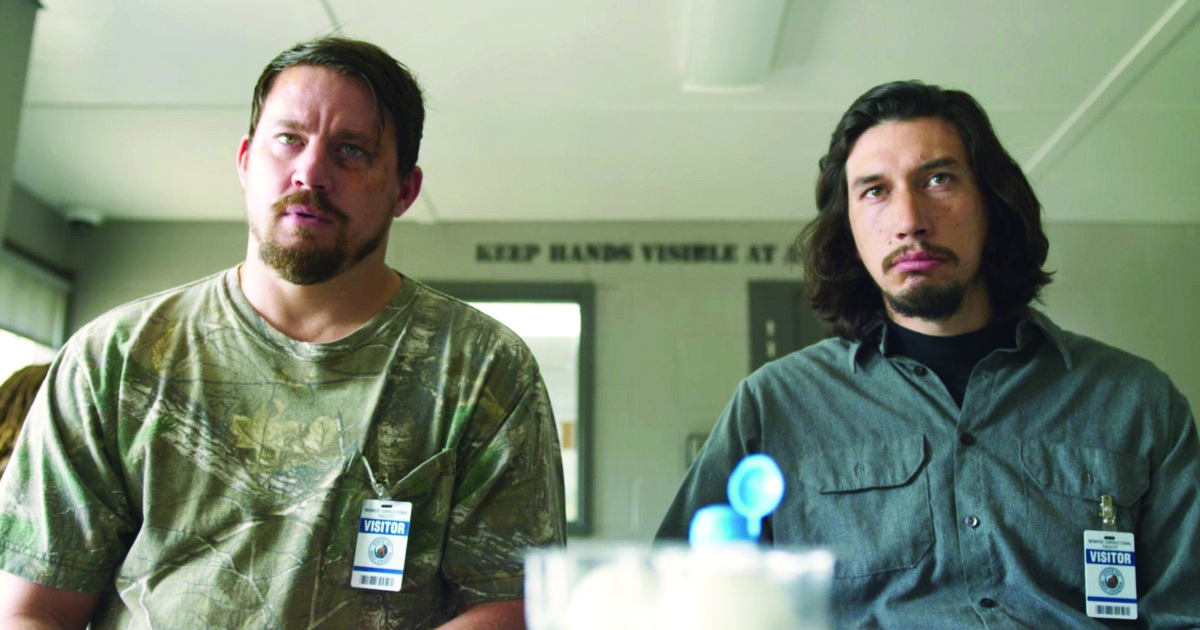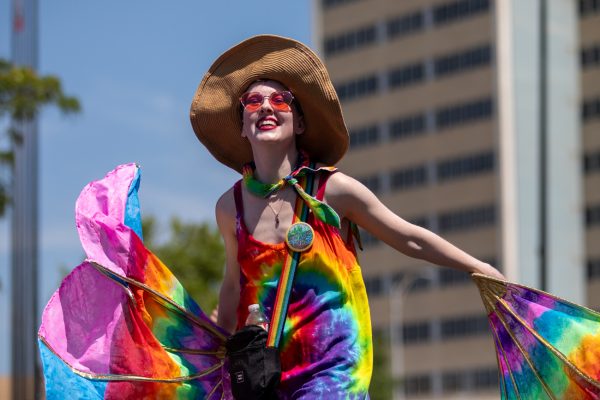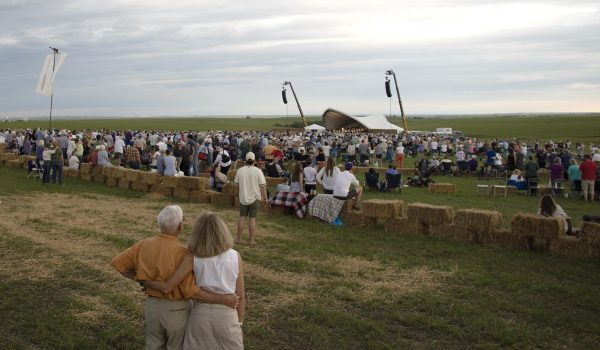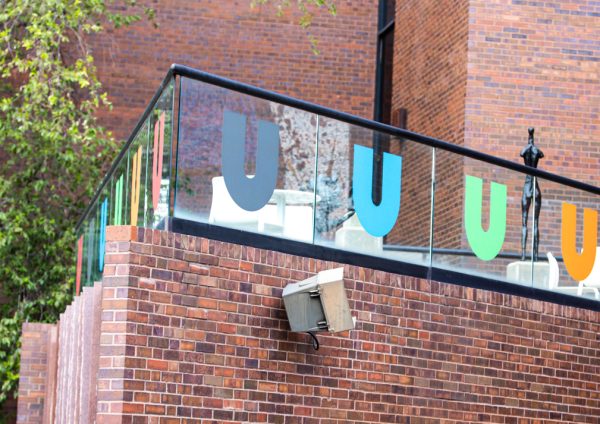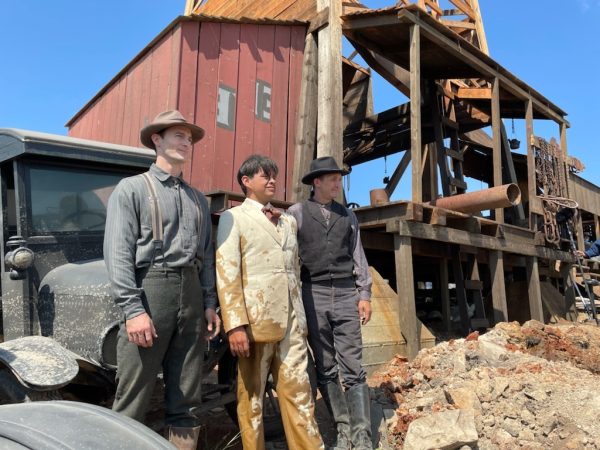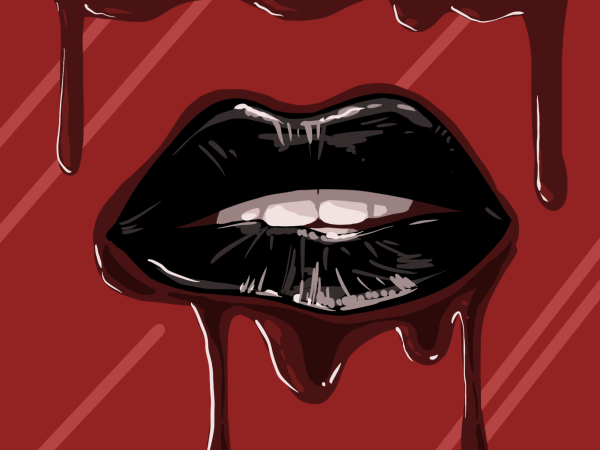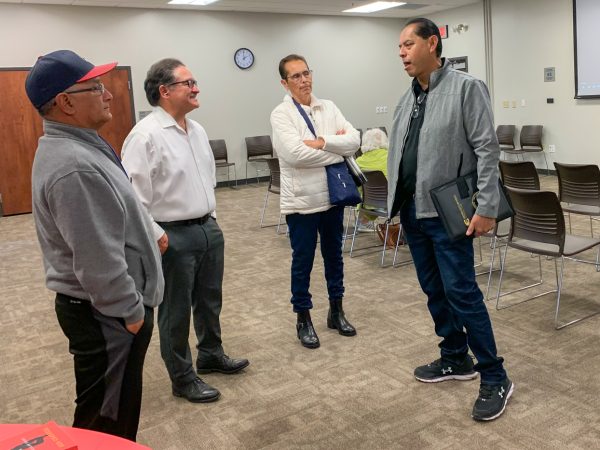Characters outshine heist in “Logan Lucky”
I think it’s easy to forget just how big America really is. For some viewers, myself included, watching “Logan Lucky,” the newest film to pull Steven Soderbergh out of retirement, is akin to discovering an alien planet within our solar system.
Set in the deep backwoods and suburbs of West Virginia and North Carolina, “Logan Lucky” tells the story of the two Logan brothers (Channing Tatum and Adam Driver) who plan and pull off an elaborate heist during the Coca-Cola 600 race held annually at the Charlotte Motor Speedway.
Accompanying them are a cast of hillbillies and red-necks, each with a special set of skills that necessitates their presence for the job. While these specialists are mostly bit-players relegated to the background, Daniel Craig steps up as Joe Bang, the demolitions expert, and gives one of the loosest and funniest performances of his career.
Indeed, there is a lot of talent in front of the camera for this film, with everyone from Katie Holmes to Hilary Swank embodying their roles with a natural ease and charm that seems to slide from their characters’ southern roots.
While there is a tendency to compare this film to “Ocean’s Eleven,” Soderbergh’s “other” heist film, (even the film itself has a nod to the director’s former work), “Logan Lucky” is not nearly as concerned with the robbery. Instead, it focuses more on the location, culture and lives its characters inhabit within the context of their setting.
Much like the Coen Brother’s “Fargo,” “Logan Lucky” treats its setting itself as a character, examining the culture and livelihood of the people who inhabit the American southeast.
Soderbergh’s keen eye examines everything from health insurance and pop-culture to beauty pageants and the proliferation of technology in the twenty-first century. In fact, the robbery and its orchestration only make up roughly half the film. The other half is devoted to the aftermath and the daily lives, tics and niceties of the characters.
Each character feels like more than a cog in a robbery-machine. They come off as human beings embarking on the adventure for his or her own reasons.
The delivery is doused in a backwoods dialect that straddles the edge between parody and homage, with characters delving into details about everything from cars to Game of Thrones to Iraq.
Soderbergh isn’t necessarily trying to make a heist film, rather a portrait of American life in the second decade of the twenty first century.
That isn’t to say that the movie isn’t fun. On the contrary, the film introduces several elements and characters effortlessly, accelerating towards a heist that feels almost anti-climactic given how smooth everything seems to go.
While there are hiccups along the way, they’re minor. There was no real suspense around whether or not the heist would be pulled off. Although this was likely an intentional choice, people looking for a heist film where the element of success is up in the air, may want to look elsewhere. The lack of suspense was a bit disappointing, but it didn’t severely hamper my enjoyment of the film.
However, “Logan Lucky” does feel a bit lopsided in its pacing, with the section that takes place after the heist dragging in parts and rushing through others. In fact, most of what happens after the robbery seems almost to exist in a different film altogether.
The smooth camera and geometric frames Soderbergh brings to the art of photography made me happy he was behind the camera again. Look no further than “Logan Lucky” for an intelligent heist film that doubles as a poignant reflection on an often over-looked slice of America.



